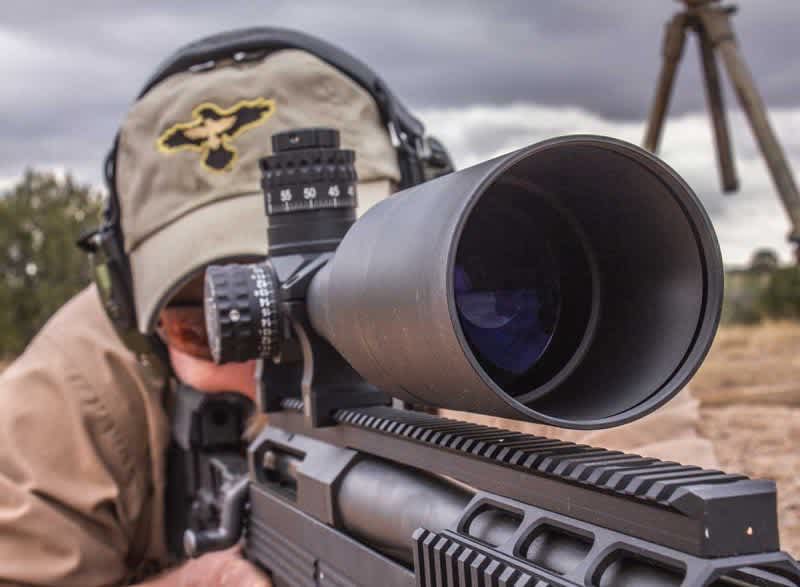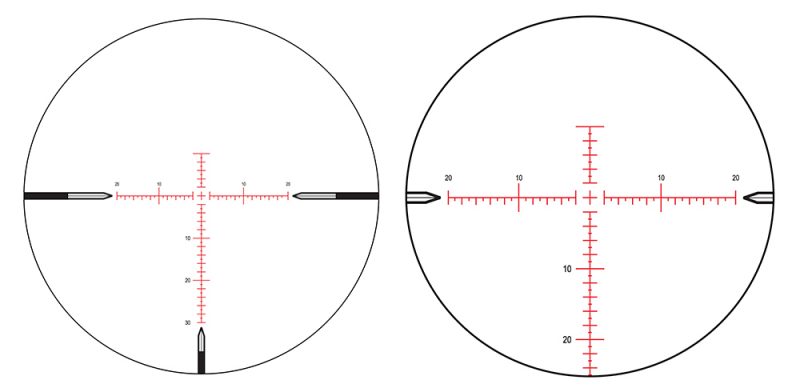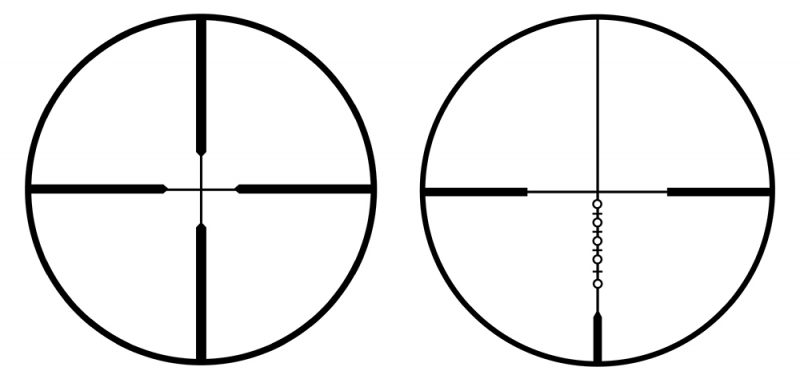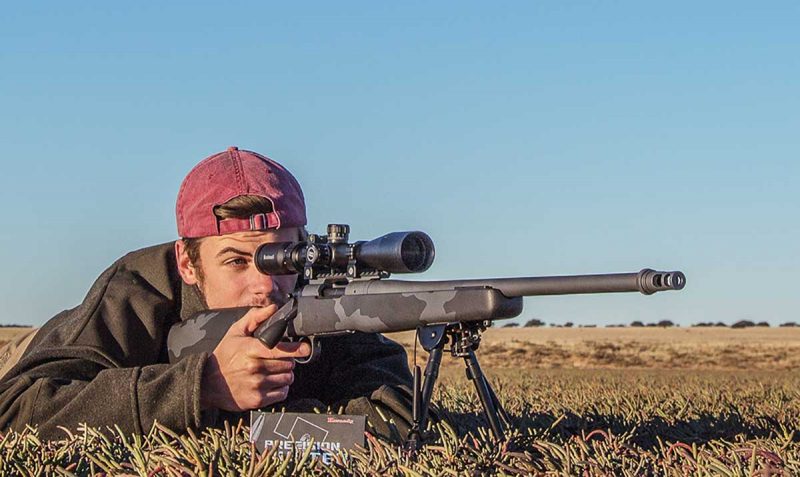First vs. Second Focal Plane Reticles — Which is Best for You?
Richard Mann 08.21.17

Do you know the difference between a first and second focal plane reticle? You should, because if you are buying a new riflescope, both types are now common. It used to be that riflescopes with first focal plane reticles were European made riflescopes. However, with long-range shooting becoming more popular in America, we are now seeing first focal plane riflescopes being offered by most optics manufacturers.
Whether a riflescope has a first or second focal plane reticle only matters if the riflescope is one with variable power. With a first focal plane riflescope (below), the reticle is magnified by the scope. In other words, as you increase the magnification, the reticle is magnified just the same as whatever you’re looking at.

Another way to explain it is that the relationship between the target or animal and the reticle never changes. This is helpful if your reticle offers multiple aiming points for extended range because you can use those reference marks to compensate for holdover regardless of magnification.
The downside to the first focal plane reticle is that at low magnification, it appears very small — so small that you might not be able to see those extra aiming reference points. In fact, some first focal plane reticles get so small at low magnification that you can hardly see them at all.

A second focal plane reticle (above) will appear the same size no matter the magnification. Because of this when the magnification of the riflescope is changed, the relationship between the reticle and the target or animal changes. The upside is the reticle is always bold and easy to see because it stays the same size. The downside is that ballistic type reticles can only be used precisely if the riflescope is set to the highest magnification.
This might not seem like a big deal because if you are shooting far, you should have time to dial up the power. However, if you forget to adjust the magnification to maximum and attempt to use your ballistic reticle for a long shot, you’ll miss. This can easily happen in the heat of the moment.

Which reticle is best? There is not hard and fast answer. It mostly depends on how you intend to use the gun the riflescope is mounted on. If you are looking to set up a dedication long-range target rifle, then first focal plane is probably the way to go. If you’re putting together a common big game rifle, then the second focal plane reticle is probably the best idea. Shooting big game at stupid long distances has become the trendy thing, and if that’s what trips your trigger, then you might want to look at a riflescope with a reticle in the first focal plane.
I will add that correcting for long range by making adjustments with the elevation turret is infinitely more precise than using a reticle. If that’s your plan, then reticle position is just not all that important.


